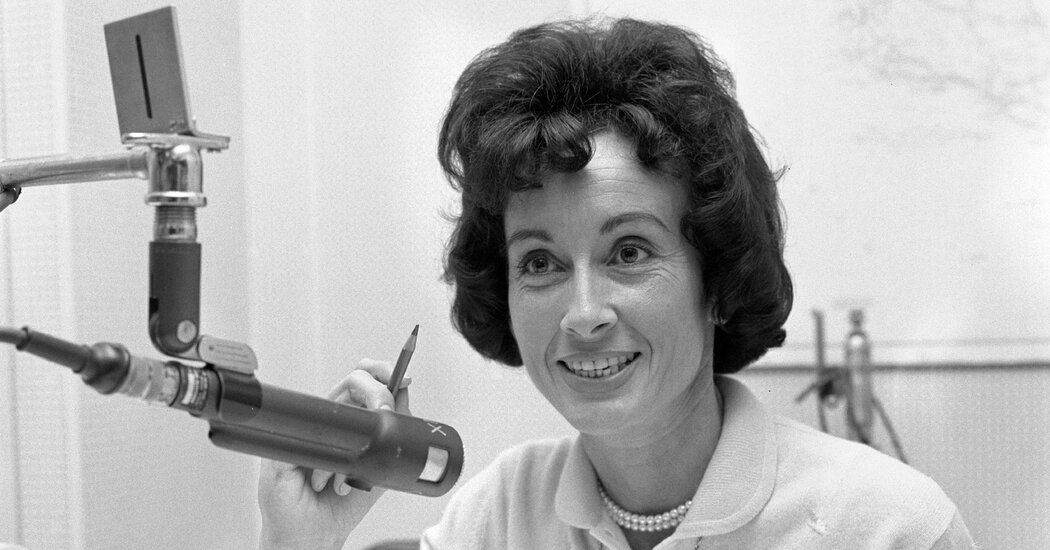But the Met faces serious challenges. Putting on live opera is expensive and requires lavish sets, star singers, and a much larger orchestra and chorus than Broadway's biggest shows can boast. Inflation has increased the burden on the opera company, with shipping and material costs rising sharply. And ticket revenue from in-person performances and theatrical broadcasts last season was down about $25 million from before the pandemic.
In addition to leveraging its donation, the Met said it would institute measures to reduce costs and increase revenue suggested by the Boston Consulting Group, which conducted a study of the company's operations for free.
The Met has already begun to offer fewer performances: 194 this season, compared to 215 last season. It plans to change its programming in the coming years so that each opera has a more condensed duration; Currently they can have two or three short runs that can be distributed in autumn, winter and spring. Doing so will allow the company, which sometimes presents up to four different operas over the course of a week, to have fewer operas in rotation at any given time.
And plans call for programming more of the Met's popular titles, such as Puccini's “La Bohème,” on weekends, when they tend to generate substantially more revenue than less familiar works. These changes, along with other cost-cutting measures and more targeted marketing efforts, are expected to net the company between $25 million and $40 million each year.
Even before the pandemic, the Met, the largest performing arts organization in the United States, with an annual budget of about $312 million, was facing existential questions, as the old model in which subscribers bought tickets to many productions each year.
The pandemic, which forced the company to close for more than a year and a half, exacerbated those problems. Many of the Met's older patrons stopped attending live performances and film broadcasts as frequently, leaving the company searching for new audiences.









